

Section

Back
Amla vs Gooseberry: What’s the Difference and Why It Matters
07/21/2025 | Written by Kate Tant
Herbal Secrets
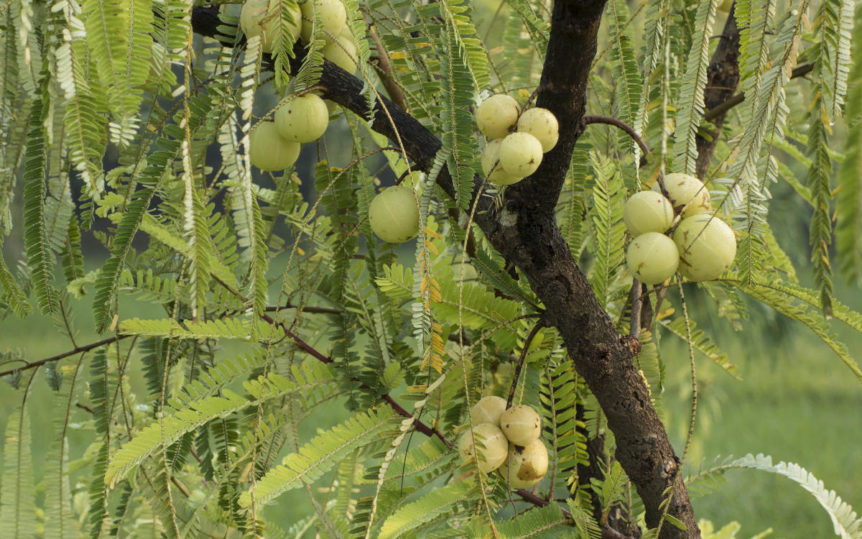
In Ayurveda and holistic wellness circles, the terms “Amla” and “gooseberry” are often used interchangeably. You may have heard raw Amla berry praised for its high vitamin C content and rich history in Ayurvedic practices. Or perhaps you’ve seen gooseberries in a farmer’s market pie or tea blend. So, Amla vs gooseberry, what’s the difference? Are they the same fruit, or simply botanical cousins?
Let’s explore the world of these little superfoods. In this article, we’ll distinguish Amla from its counterparts and understand why Amla, also known as Indian gooseberry, holds a sacred place in Ayurvedic tradition.
Contents
- What Is Amla?
- What Is a Gooseberry?
- Is Amla the Same as Gooseberry?
- Types of Gooseberry
- Amla vs Gooseberry Differences
- Are the Benefits of Amla and Gooseberries the Same?
- Can I Eat Gooseberries Raw?
- Choosing Wildcrafted, Organic Amla Products
- FAQ: Amla vs Gooseberry
What is Amla?
Amla, also known as Amalaki or Phyllanthus emblica, is a small, green, sour fruit native to India and Southeast Asia. For thousands of years, Ayurvedic practitioners have revered Amla as a rasayana, a rejuvenating herb believed to support longevity, vitality, and inner balance.
Amla fruits are round with faint vertical lines and a translucent sheen. Despite their small size, they pack in intense tartness and are traditionally consumed fresh, dried, or as powders, juices, and herbal blends. In Ayurveda, Amla is a key ingredient in the time-honored formula, Triphala.
Today, it continues to be respected for its nutrient density, natural vitamin C content, and gentle, grounding energy.
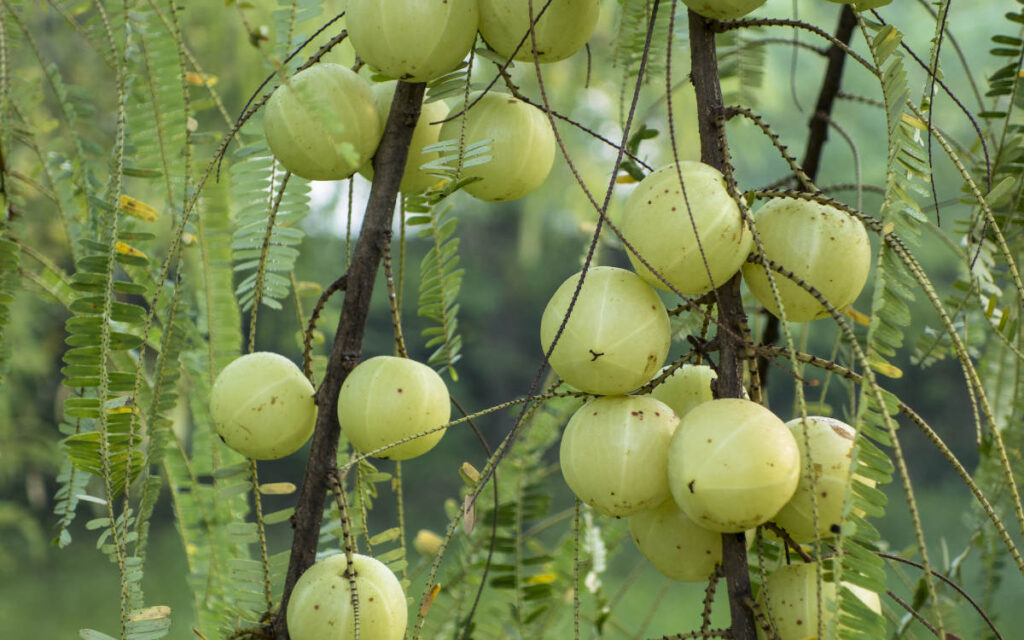
What is Gooseberry?
The term “gooseberry” refers to several species of small, tart fruits from different botanical families and geographical regions. Gooseberries can be green, red, yellow, or golden and may be eaten raw, cooked, or dried depending on the type.
In short, all Amla are gooseberries, but not all gooseberries are Amla. Gooseberries are found globally, while Amla is specific to India and Asia and is sacred in Ayurvedic tradition.
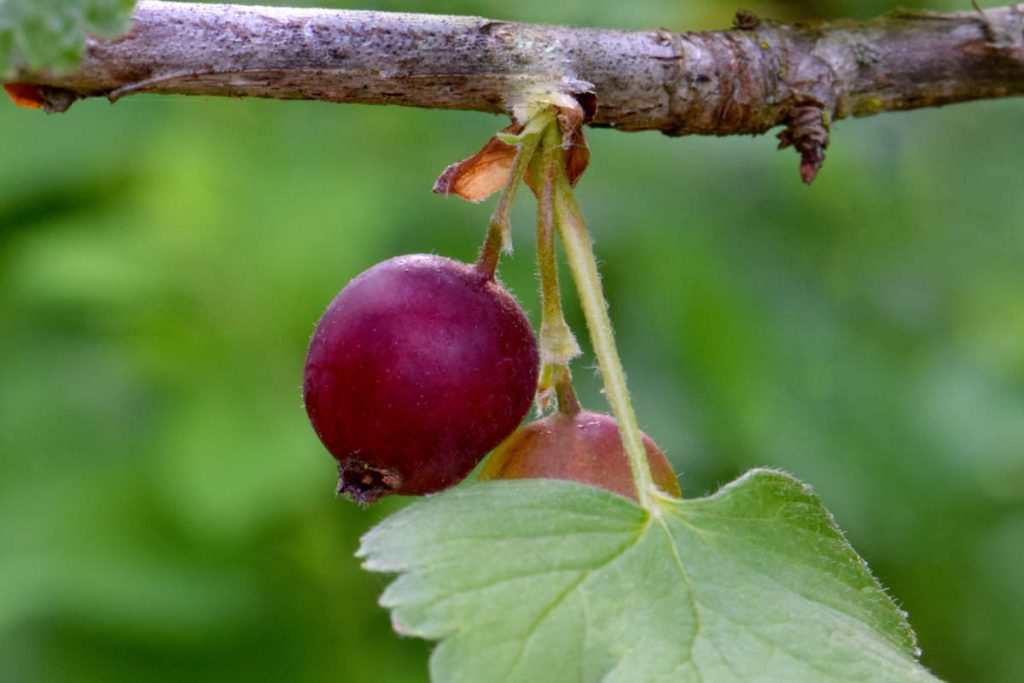
Is Amla the Same as Gooseberry?
No, Amla is not the same as a gooseberry. Well, not exactly. Amla belongs to the botanical species Phyllanthus emblica, while many other gooseberries, like the European or American varieties, are part of the Ribes genus. Their names and appearances may overlap, but their properties, traditional uses, and flavors are distinctly different.
The confusion arises because Amla is often called “Indian gooseberry.” While that’s not incorrect, it blurs the lines between this ancient Ayurvedic fruit and more familiar Western gooseberries.
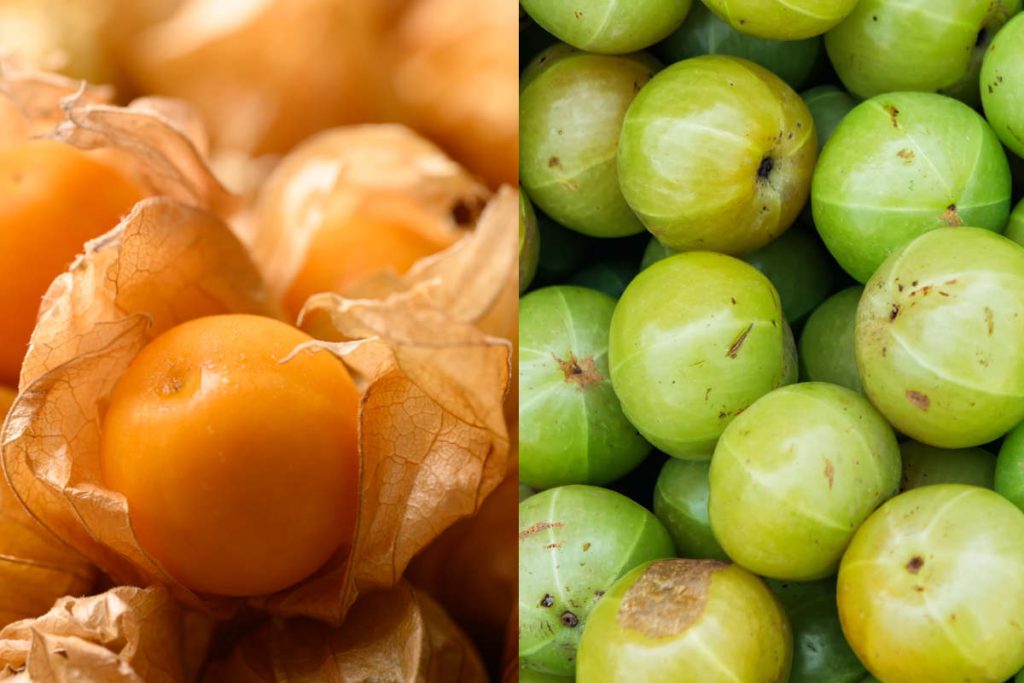
Types of Gooseberry: Amla vs Other Gooseberries
Several types of gooseberries are found around the world. Let’s look at some of the most well-known varieties and what sets each apart:
1. Amla (Indian gooseberry)
- Botanical Name: Phyllanthus emblica
- Native to: India, Southeast Asia
- Taste: Intensely sour, slightly bitter
- Traditional Use: Deeply revered in Ayurveda
- Unique Feature: Often wildcrafted, rich in tannins and natural antioxidants
- Common Forms: Fresh fruit, powder, dried slices, juice, and herbal blends
2. European Gooseberry
- Botanical Name: Ribes uva-crispa
- Native to: Europe and parts of Asia
- Taste: Tart to sweet, depending on the ripeness
- Use: Jams, pies, syrups
- Appearance: Small, green or red berries with a fuzzy exterior
3. Cape Gooseberry
- Botanical Name: Physalis peruviana
- Native to: South America
- Taste: Sweet-tart, similar to pineapple or mango
- Unique Trait: Golden berry enclosed in a papery husk
- Use: Snacking, desserts, sauces
4. American Gooseberry
- Botanical Name: Ribes hirtellum and hybrids
- Native to: North America
- Taste: Tart and juicy
- Use: Similar to European varieties – jams, pies, syrups
- Note: Once banned in the U.S. (early 1900s) due to fungal disease concerns, now selectively grown in many states
5. Star Gooseberry
- Botanical Name: Phyllanthus acidus
- Native to: Southeast Asia
- Taste: Extremely sour
- Use: Often pickled or cooked; not typically eaten raw
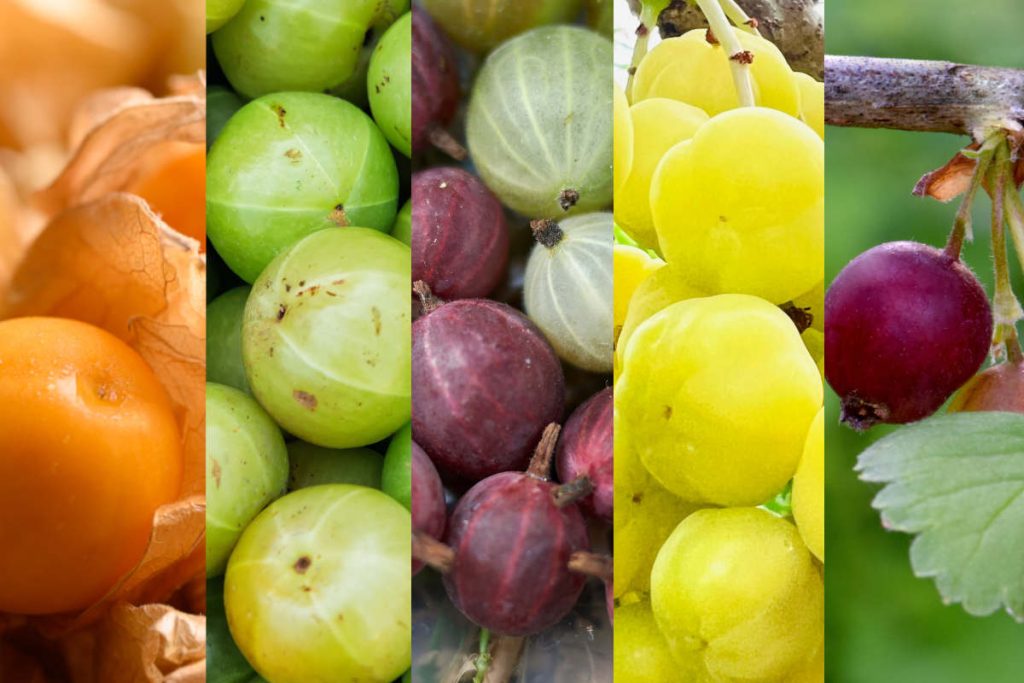
Amla vs Gooseberry: Key Differences
While both Amla and other gooseberries are small, round fruits, they come from different botanical lineages and cultural traditions. This table offers a side-by-side comparison to help clarify the key distinctions in origin, appearance, taste, and use.
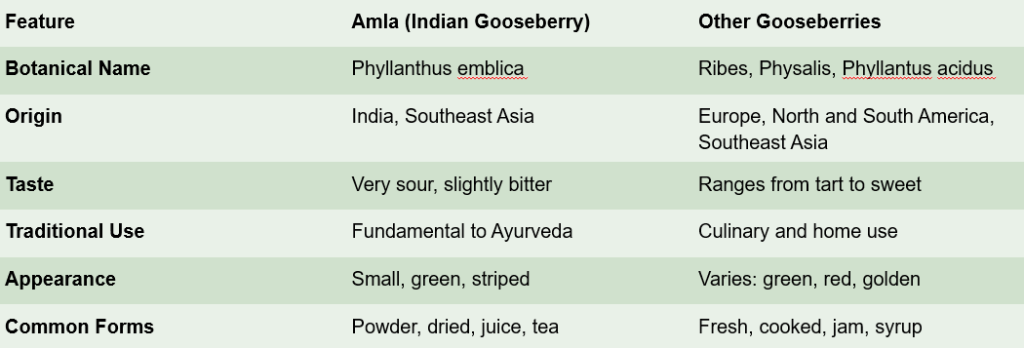
Are the Benefits of Amla and Gooseberries the Same?
While all gooseberries may offer some nutritional value, Amla stands apart due to its long-standing use in Ayurvedic wellness traditions. It’s considered a sattvic fruit—balancing to the body, mind, and spirit—and is believed to support multiple body systems when used as part of a holistic lifestyle.
Other gooseberries, like the European or Cape varieties, are often praised for their culinary appeal and vitamin content, but they lack the energetic and therapeutic significance that Amla holds in Ayurveda.
Can I Eat Gooseberries Raw?
Yes, most gooseberries can be eaten raw, although their tartness can vary. European and American gooseberries are commonly eaten raw, as a snack, while Cape gooseberries are sweet and tangy, and often enjoyed straight from the husk. Star gooseberries are intensely sour and generally cooked or pickled before consumption.
Can I Eat Amla Raw?
Yes, Amla can be eaten raw, but be prepared for a strong, lip-puckering experience! Amla’s sourness can be surprising. Traditionally, Amla is consumed in more balanced forms, such as dried slices, herbal powders, or in chyavanprash (an herbal jam), to soften its intensity while preserving its nourishing properties.
Amla is also combined with other herbs in teas, capsules, or tinctures, offering a more accessible way to incorporate it into a daily routine.

Choosing Wildcrafted, Organic Amla Products
At ORGANIC INDIA, we believe in sourcing herbs with integrity. Our wildcrafted Amla is grown on certified organic farms using regenerative agriculture practices that honor the earth, the farmers, and the traditions behind the plants.
We offer a variety of Amla products, including:
- Amla Fruit Powder
- Amla Rejuvenating Superfruit Capsules
- Formulas like Triphala featuring Amla as a key ingredient
Our commitment to sustainability means that each Amla berry is harvested with care and purpose, preserving its potency and purity, while supporting the communities that grow it.
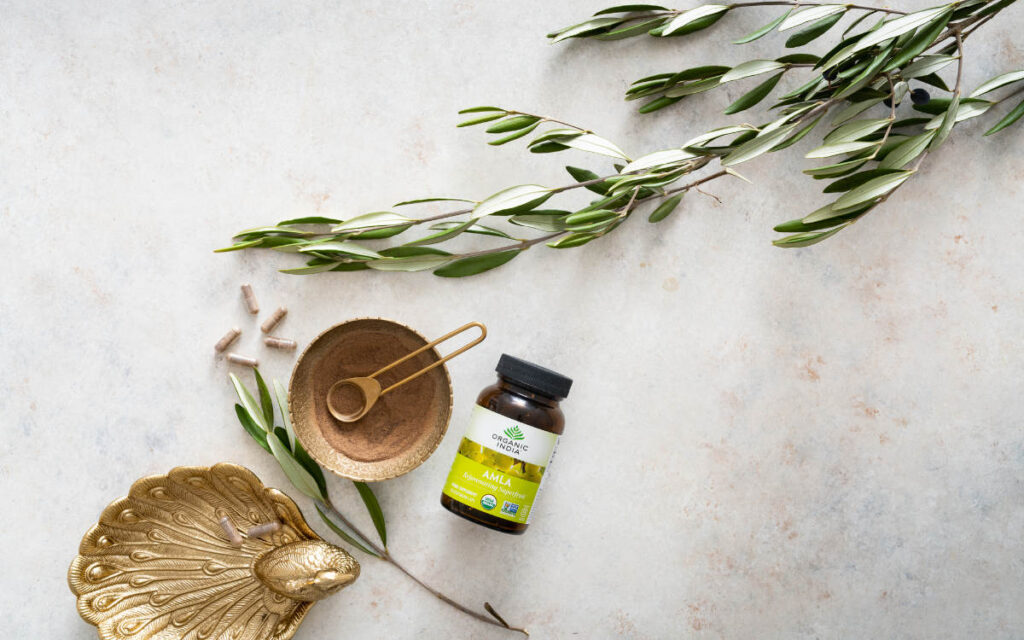
Amla vs Gooseberry—Now You Know the Difference
While the term gooseberry covers a range of tangy fruits from around the world, Amla (Indian gooseberry) is truly in a category of its own. Deeply rooted in Ayurveda, valued for centuries, and wildcrafted with care, Amla offers more than nutrition. It’s a symbol of inner vitality and holistic wellbeing.
If you’re looking to bring the benefits of Amla into your daily rhythm, we invite you to explore our collection of organic Amla products. With Amla, you’re connecting with an ancient tradition that still thrives today.
FAQ: Amla vs Gooseberry
Is Indian gooseberry the same as Amla?
Yes, Indian gooseberry is another name for Amla. It refers specifically to Phyllanthus emblica, a small green fruit native to India and used widely in Ayurveda.
What is the difference between Amla and other Gooseberries?
Amla is a specific type of gooseberry native to India. Other gooseberries, like European or Cape gooseberries, belong to different plant families and are used differently.
Can I eat Amla every day?
Many people incorporate Amla into their daily routine through powders or capsules. Consult with a wellness practitioner to determine what’s right for your lifestyle.
Are Cape gooseberries related to Amla?
No. Cape gooseberries are from the Physalis genus and native to South America. They are golden and sweet, unlike Amla’s green and sour profile.
How do I use Amla powder?
Amla powder can be added to smoothies like our Glow Amla Kiwi Smoothie, taken with warm water, added to soups for immune support, or blended into herbal formulas. Its versatility makes it a popular daily ritual in Ayurvedic practices.




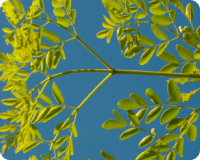

 Kate Tant is a professional health and wellness writer with a strong passion for holistic wellness. Her writing covers topics from Ayurvedic herbs and practices to nontoxic living and intermittent fasting. She is dedicated to helping and encouraging individuals seeking natural solutions to their health.
Kate Tant is a professional health and wellness writer with a strong passion for holistic wellness. Her writing covers topics from Ayurvedic herbs and practices to nontoxic living and intermittent fasting. She is dedicated to helping and encouraging individuals seeking natural solutions to their health.